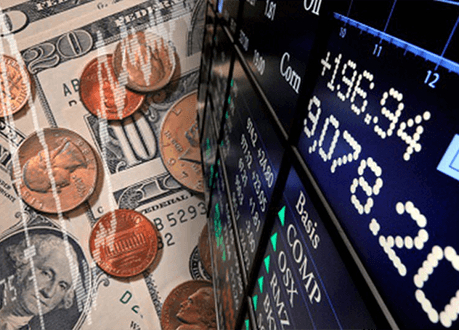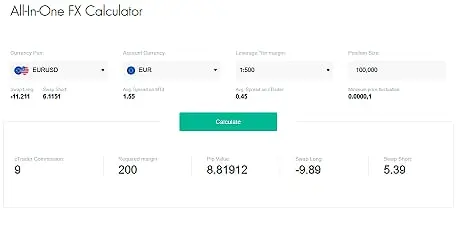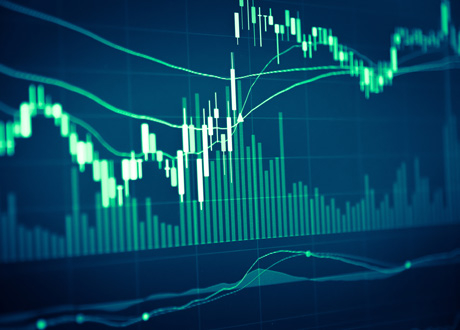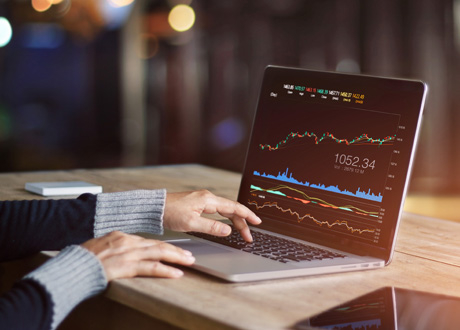
Financial Market (Part 6)
Understand the basics with our interactive market course.
What is a 'lot'?
In trading, a "lot" represents the volume of a trade in units. In Forex, one standard lot equals 100,000 units of the Base currency. For example, 1 lot of EUR/USD equals 100,000 uros, while 1 lot of USD/JPY equals 100,000 US dollars.
Thanks to modern brokers, traders can also access smaller lot sizes:
- Standard Lot (1.0) = 100,000 units of base currency
- Mini Lot (0.1) = 10,000 units of base currency
- Micro Lot (0.01) = 1,000 units of base currency
For other asset classes, a lot represents a different standardized quantity. For instance, 1 lot of gold equals 100 ounces. You can find specific lot sizes for each instrument in the specifications section on the Atmexx website.
Lot size also affects the value of each pip or tick, which we explored in another lesson.

Understanding Leverage
Leverage increases your purchasing power, allowing you to control a larger position with a smaller amount of capital. This can enhance potential profits, as you only need to deposit a portion of the asset's full value.
But if used carelessly, leverage can quickly result in the loss of your entire equity - sometimes without you even realizing it.
Because of this, leverage is often called a “double-edged sword.” It’s important to assess your risk tolerance before deciding how much leverage to apply.
Available leverage may vary depending on your region or regulatory jurisdiction. Check the “Leverage Information” section on the Atmexx website for details.

Understanding Leverage
Leverage is commonly described as trading with “borrowed funds,” but this isn’t entirely accurate. Your broker doesn’t add funds to your account, instead, the funds required to open a trade will be reduced based on your chosen leverage level.
For example, trading 1 lot of EUR/USD (worth €100,000) without leverage (1:1) would require €100,000 in your account. But with leverage of 1:10, only €10,000 would be required to place the same trade.
Let’s explore some practical examples to see how this works.

Understanding Leverage
There are two possible scenarios, let's look at the first one.
Scenario A – Profitable Trade
Let’s say you start with a €1,000 deposit and use 1:100 leverage. This gives you a buying power of €100,000. You open a Sell position on EUR/USD and the price then drops by 100 pips. As a result, your profit would be $1,000*
*Exact amount depends on the “term” currency in the pair.

Understanding Leverage
Scenario B: Loss with Leverage
Now let’s say you again invest €1,000 and open a Buy position of €100,000 on EUR/USD, but instead of rising, the price drops 100 pips. In this case, your €1,000 deposit could be completely lost.
During volatile market conditions, especially when using high leverage, your account balance can vanish almost instantly.
This is why it’s critical to understand how leverage, risk, margin, and free margin are connected. We’ll explore this in the next lesson.

How Leverage Affects Trading Costs
It’s important to know that leverage not only increases potential profits and losses but also amplifies any costs linked to your trades.
For instance, imagine you're trading an asset priced at $1,000, and the spread is 0.1%.
If a trader deposits $1,000 and uses no leverage (1:1), the cost of the spread would be $1, meaning equal to 0.1% of the trader's capital.
However, if the trader uses 1:10 leverage, his position size becomes $10,000 and in this case, the spread would be $10, which is 1% of the trader's original deposit.
This concept also applies to other trading costs, such as rollover fees and commissions.
While this is a simple example, it highlights how leverage can significantly amplify trading costs relative to your deposit - an essential concept to grasp when managing risk.

Key Takeaways from This Lesson
- “Lots” are used to define trade volume in Units.
- In Forex, 1 standard lot = 100,000 units of the base currency. The smallest tradable size is 0.01 lot (micro lot).
- Leverage increases your buying power, allowing you to open larger trades than your actual deposit.
- Leverage is a “double-edged sword” - it can boost potential gains and also increases the risk of loss. Use it cautiously and always consider your risk tolerance.

Risk Warning: Before you start trading with leverage, ensure that you understand the associated risks and possess a sufficient level of knowledge
We do not serve customers from the USA and Iran



.svg)